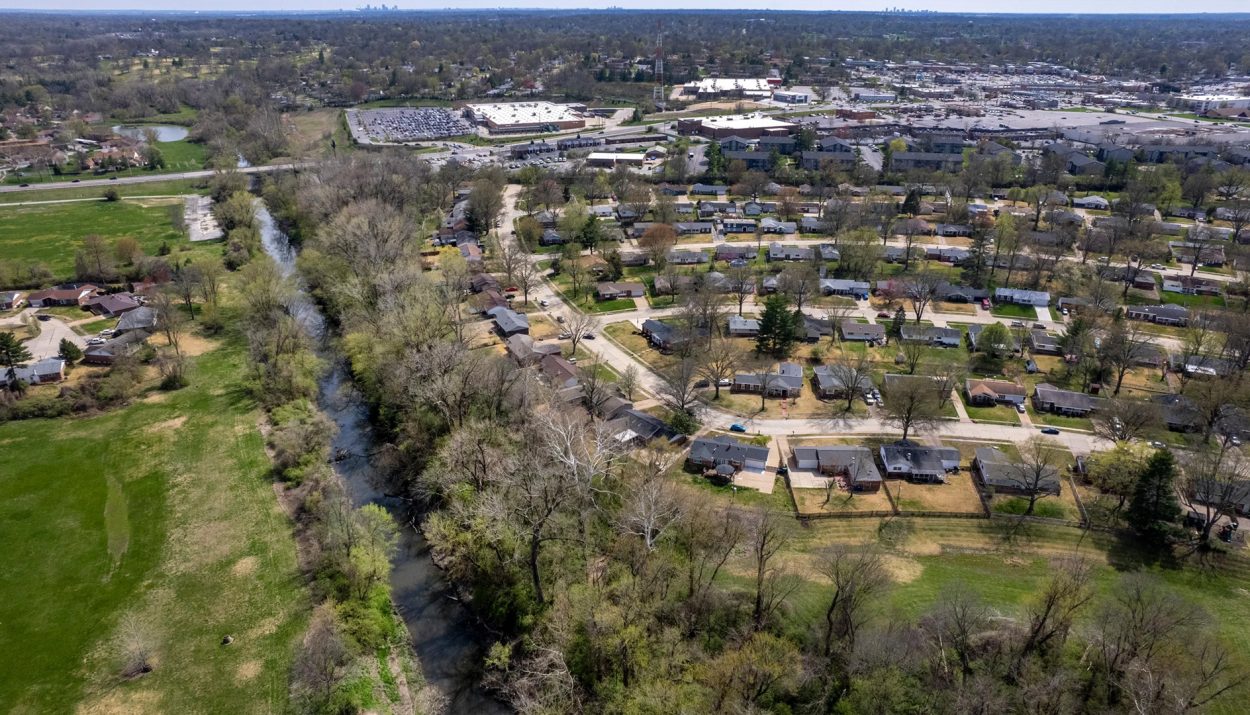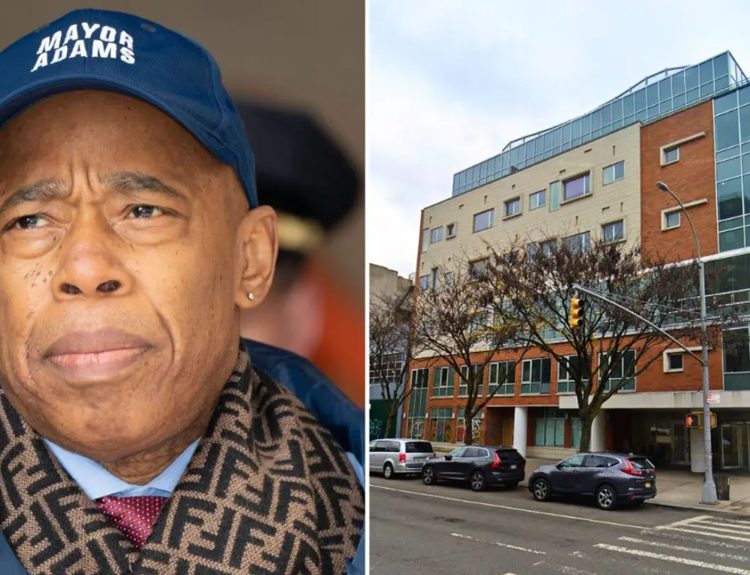In a shocking revelation, the U.S. Army Corps of Engineers is investigating soil beneath homes in Florissant, Missouri, after discovering radioactive contamination in the yards. The news has sparked outrage among residents and activists, who are demanding widespread testing and remediation efforts. Prepare to uncover the chilling details of this environmental disaster that has been decades in the making.
Contamination Traces Back to Cold War Era Nuclear Waste Dumping
The radioactive contamination found in the yards of homes near Coldwater Creek has its roots in the Cold War era. During the 1960s, nuclear waste was carelessly dumped into the creek, leading to the current crisis. The U.S. Army Corps of Engineers is now tasked with determining the extent of the contamination and developing a remediation plan.

The discovery of contamination in the backyards of homes, but not the front yards, has prompted the Corps to take soil samples beneath six properties in Florissant. Residents are anxiously awaiting the preliminary results, which could be available by the end of the week. The uncertainty surrounding the situation has left the community on edge.
Activists Demand Widespread Testing and Transparency
Just Moms STL, a group that has been advocating for people living near nuclear waste sites in the St. Louis region for decades, is calling for more extensive testing. They argue that the current scope of the investigation is insufficient, given the numerous homes along the banks of Coldwater Creek.

Karen Nickel, the co-founder of Just Moms STL, expressed her distrust in the Army Corps, stating, “There are so many homes on the banks of this creek, for miles. What about the rest of those homes? I don’t think we can say that we trust the Army Corps anymore.” The group’s concerns highlight the need for transparency and accountability in addressing this environmental crisis.
Potential Health Risks and Calls for Compensation
The contamination in Coldwater Creek has raised serious concerns about the health risks posed to residents living in the affected areas. Many people believe that radiation exposure is responsible for the high incidence of cancers and other illnesses in the region, although establishing a direct link can be challenging.

Senator Josh Hawley and U.S. Representative Cori Bush have been pushing for compensation for individuals whose illnesses are tied to radiation exposure. The Senate is expected to vote on a compensation plan this week, offering a glimmer of hope for those who have suffered the consequences of this environmental disaster.
Florissant Grade School Closure Highlights Severity of Contamination
The gravity of the situation was further emphasized when a Florissant grade school was forced to close in 2022 due to fears that contamination from Coldwater Creek had made its way onto the playground and inside the building. This incident serves as a stark reminder of the far-reaching impact of nuclear waste dumping.

Parents and community members are rightfully concerned about the safety of their children and the long-term effects of exposure to radioactive materials. The school closure underscores the urgent need for comprehensive testing and remediation efforts to ensure the well-being of the entire community.
Uncovering a History of Neglect and Inaction
An investigation published by The Associated Press, The Missouri Independent, and MuckRock in July revealed a troubling history of neglect and inaction by the federal government and companies responsible for nuclear bomb production and atomic waste storage sites in the St. Louis area.
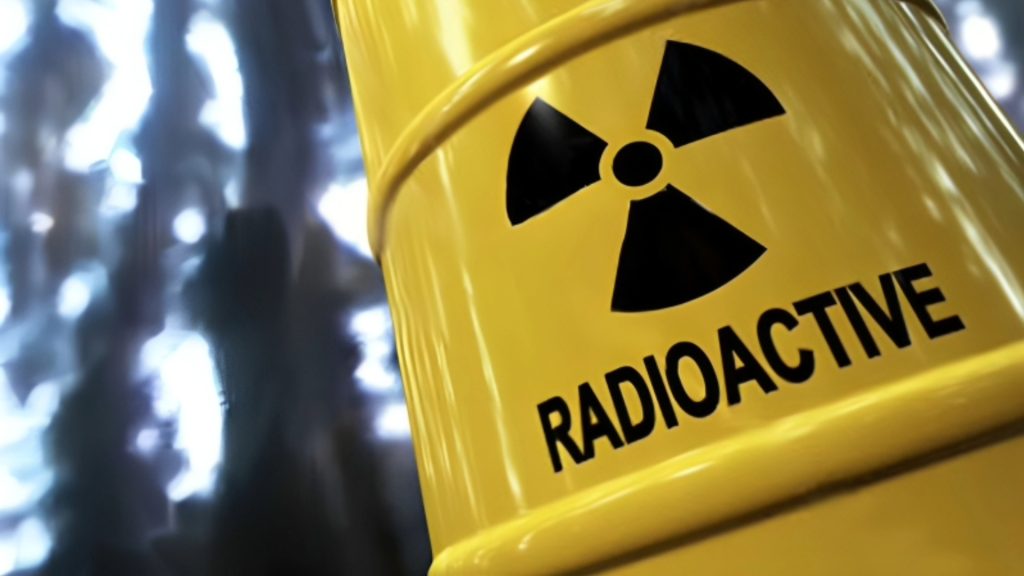
The investigation found that these entities were aware of health risks, spills, improperly stored contaminants, and other problems but often chose to ignore them. This revelation has further eroded public trust and heightened the sense of betrayal felt by the affected communities.
Senator Hawley Demands Answers and Swift Action
Senator Josh Hawley has written a letter to the Corps of Engineers leaders, expressing his outrage at the delayed testing of homes along Coldwater Creek. He questioned why it has taken so long for the Corps to disclose the risks to residents, given that they assumed jurisdiction of the area in 1997.

“Residents are rightly horrified by the possibility that their homes are built atop radioactive waste – waste which should never have been there in the first place,” Hawley wrote. His letter underscores the growing political pressure on the Corps to address this crisis swiftly and comprehensively.
The Pivotal Role of St. Louis in the Nuclear Arms Race
The radioactive contamination in St. Louis County is a direct result of the region’s pivotal role in the development of nuclear weapons during World War II and the Cold War. Uranium processing in the area played a crucial part in ending World War II and providing a key defense during the Cold War.

However, the legacy of this involvement has left the region grappling with the consequences of contamination at several sites. The current crisis serves as a sobering reminder of the long-term environmental and health impacts of nuclear weapons production.
Residents Living in Fear and Uncertainty
As the investigation into the radioactive contamination continues, residents of the affected areas are living in a state of fear and uncertainty. The possibility that their homes are built on top of radioactive waste has left many feeling vulnerable and betrayed.
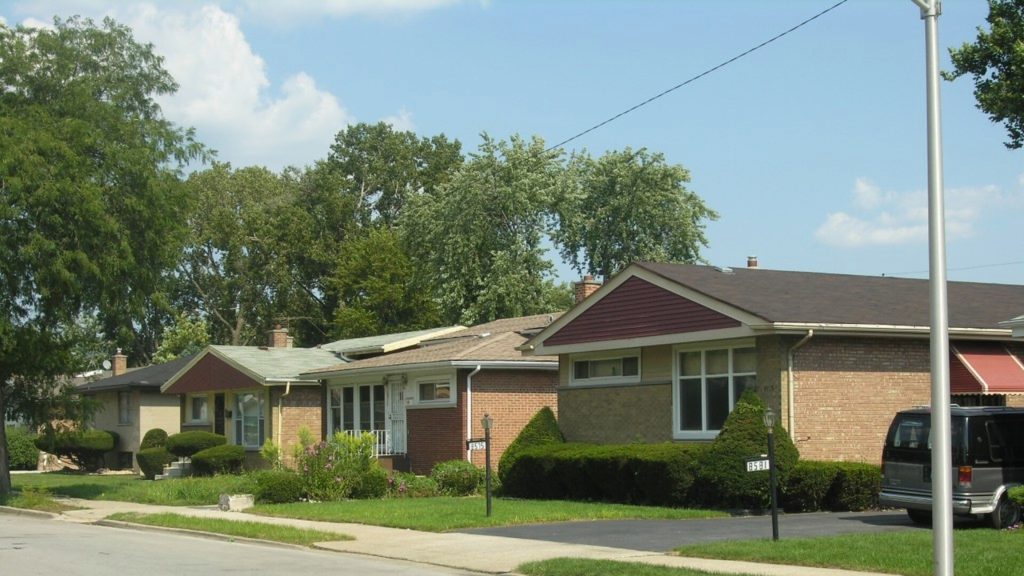
The lack of transparency and delayed action by the authorities has only compounded the anxiety and frustration felt by the community. Residents are demanding answers, accountability, and, most importantly, a comprehensive plan to ensure their safety and well-being.
The Struggle for Justice and Accountability
The fight for justice and accountability in the face of this environmental disaster has been a long and arduous one. Activists like Dawn Chapman and Karen Nickel, co-founders of Just Moms STL, have been tirelessly advocating for the rights of affected communities for decades.

Their unwavering commitment to holding those responsible accountable and securing the necessary support for residents has been instrumental in bringing this issue to the forefront of public attention. However, the road ahead remains challenging, and the battle for justice is far from over.
The Importance of Environmental Monitoring and Regulation
The radioactive contamination in St. Louis County highlights the critical importance of robust environmental monitoring and regulation. The failure to properly monitor and regulate the disposal of nuclear waste has led to this crisis, which has had devastating consequences for the affected communities.
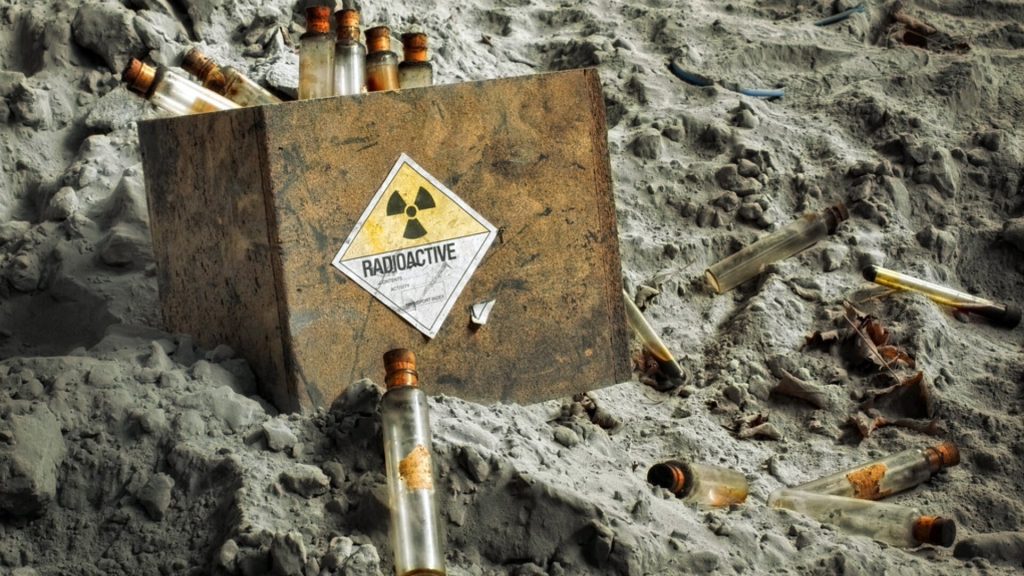
Moving forward, strict measures must be put in place to prevent similar disasters from occurring in the future. This includes stringent oversight of nuclear waste disposal, regular testing and monitoring of potentially affected areas, and transparent communication with the public.
The Need for Comprehensive Health Studies and Support
Given the potential health risks associated with radiation exposure, there is an urgent need for comprehensive health studies to assess the impact of the contamination on the affected communities. These studies should be conducted by independent experts and should cover a wide range of potential health effects.

Additionally, support services must be made available to those who have been affected by the contamination. This includes access to medical care, mental health support, and financial assistance for those who have been forced to relocate or have incurred significant expenses as a result of the crisis.
The Long Road to Remediation and Restoration
The process of remediating and restoring the contaminated areas in St. Louis County will be a long and complex one. It will require significant resources, expertise, and collaboration between various stakeholders, including the U.S. Army Corps of Engineers, environmental agencies, and the affected communities.
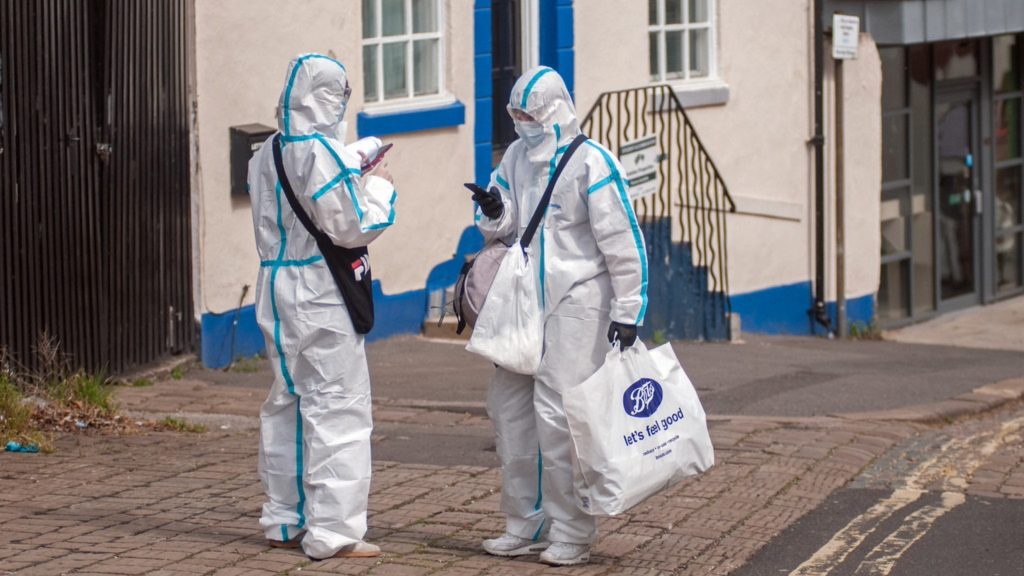
Transparency and public participation will be key to ensuring that the remediation process is effective, efficient, and responsive to the needs and concerns of the community. Regular updates and opportunities for public input should be provided throughout the process.
A Call to Action for Environmental Justice
The radioactive contamination in St. Louis County is not an isolated incident. It is part of a broader pattern of environmental injustice that disproportionately affects low-income communities and communities of color across the United States.

This crisis serves as a powerful reminder of the urgent need for action to address environmental injustice and ensure that all communities have access to clean air, water, and soil. It is a call to action for policymakers, activists, and citizens to work together to build a more just and sustainable future.
The Resilience and Determination of the St. Louis County Community
In the face of this devastating crisis, the residents of St. Louis County have shown remarkable resilience and determination. They have come together to support one another, to demand answers and accountability, and to fight for their right to a safe and healthy environment.
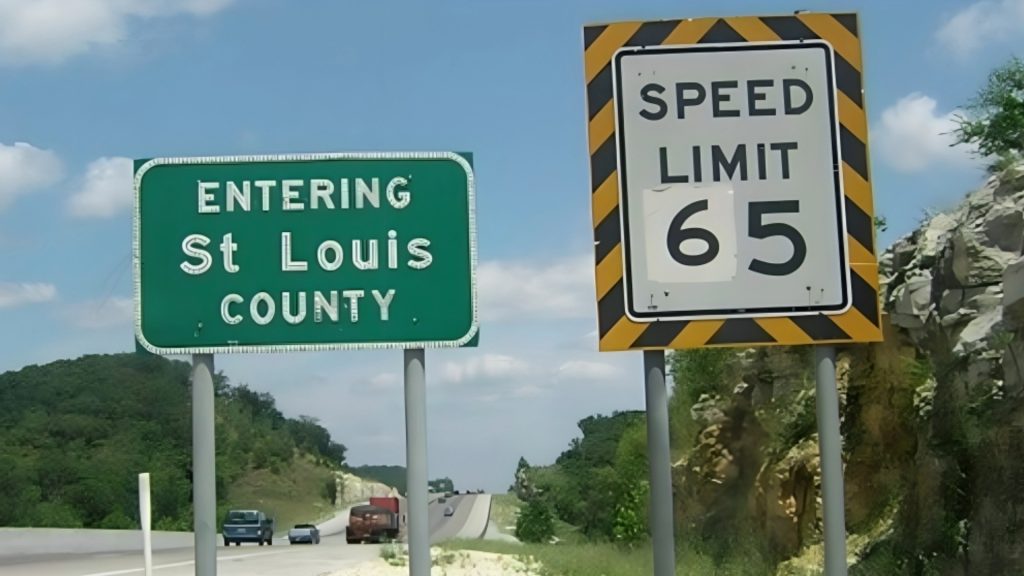
As the investigation into the radioactive contamination continues and the road to remediation begins, it is the strength and unity of the community that will be the driving force behind the search for justice and the restoration of their environment. Their unwavering spirit serves as an inspiration to us all.

